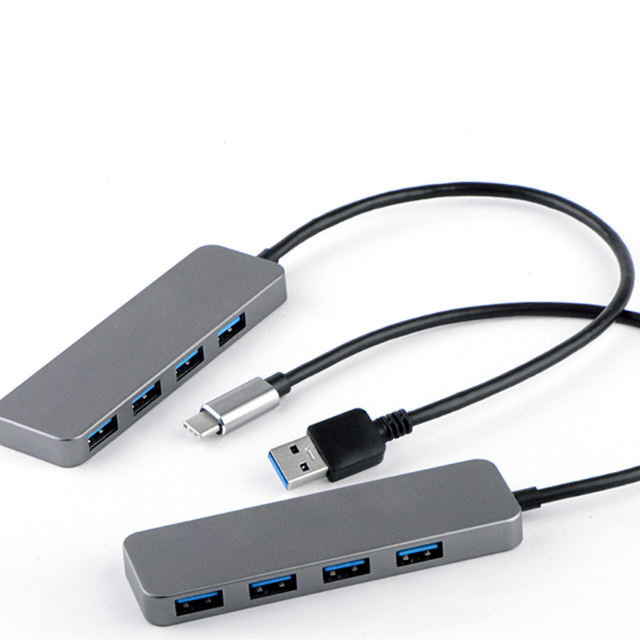The English of the hub is called "Hub". "Hub" means "center". The main function of the hub is to regenerate, reshape and amplify the received signal to expand the transmission distance of the network, and at the same time concentrate all nodes on the node centered on it. It works on the first layer of the OSI (Open Systems Interconnection Reference Model) reference model, the "Physical Layer". The hub, like the network card, network cable and other transmission media, belongs to the basic equipment in the local area network, and adopts the CSMA/CD (a detection protocol) access method.
A hub is a pure hardware network bottom layer device, and basically does not have the "smart memory" and "learning" capabilities similar to switches. It also does not have the MAC address table that the switch has, so when it sends data, it is not targeted, but it is sent by broadcast. That is to say, when it wants to send data to a node, instead of sending the data directly to the destination node, it sends the data packet to all nodes connected to the hub, as shown in the figure.

This method of broadcasting data has the following disadvantages:
(1) User data packets are sent to all nodes, which may bring unsafe factors in data communication, and some people with ulterior motives can easily intercept other people's data packets illegally;
(2) Since all data packets are sent to all nodes at the same time, coupled with the shared bandwidth method introduced above, it is more likely to cause network traffic jams and further reduce network execution efficiency.
(3) Non-duplex transmission, low network communication efficiency. At the same time, each port of the hub can only carry out data communication in one direction, instead of two-way duplex transmission like a switch. The network execution efficiency is low, and it cannot meet the communication needs of larger networks.
